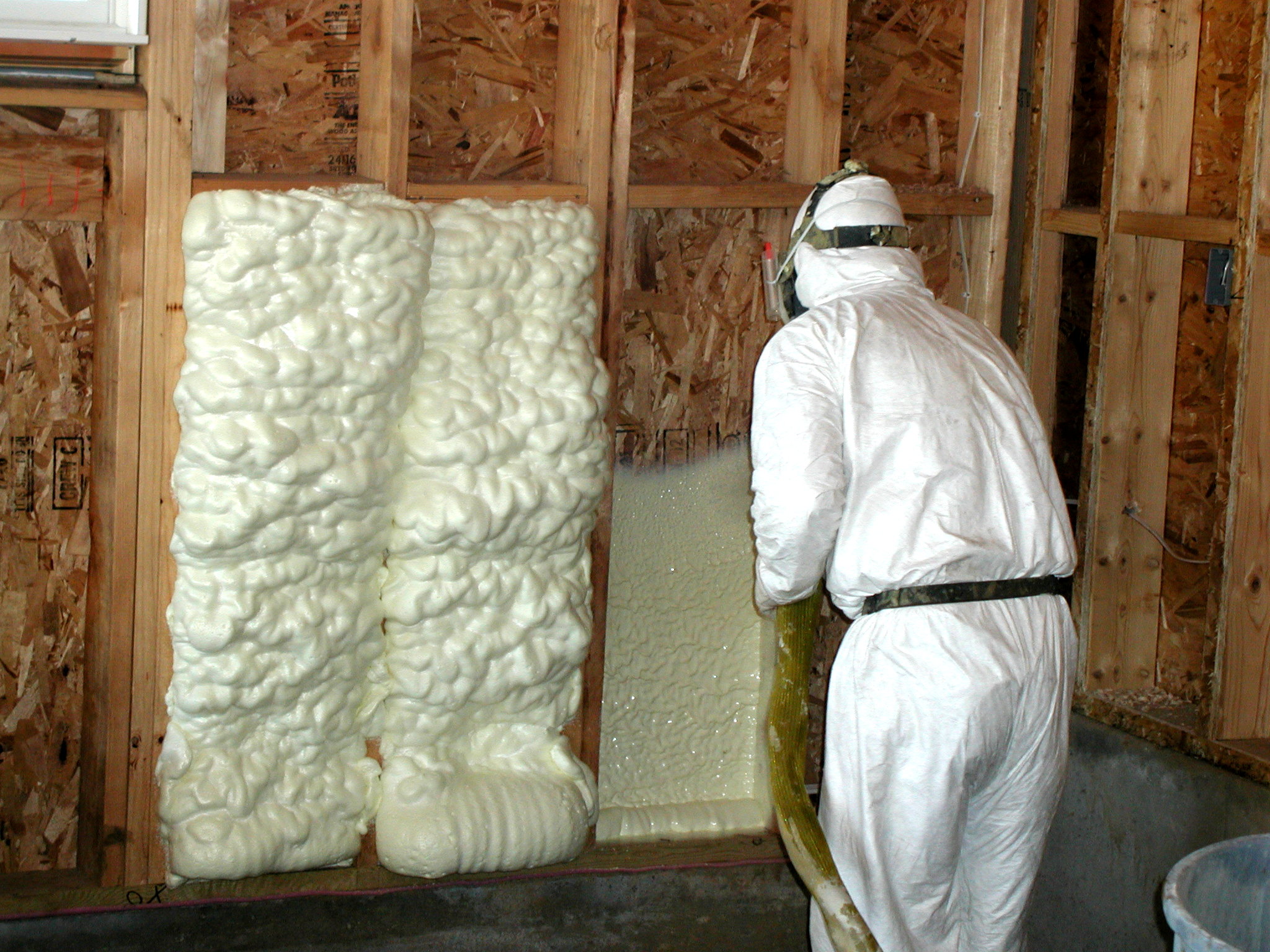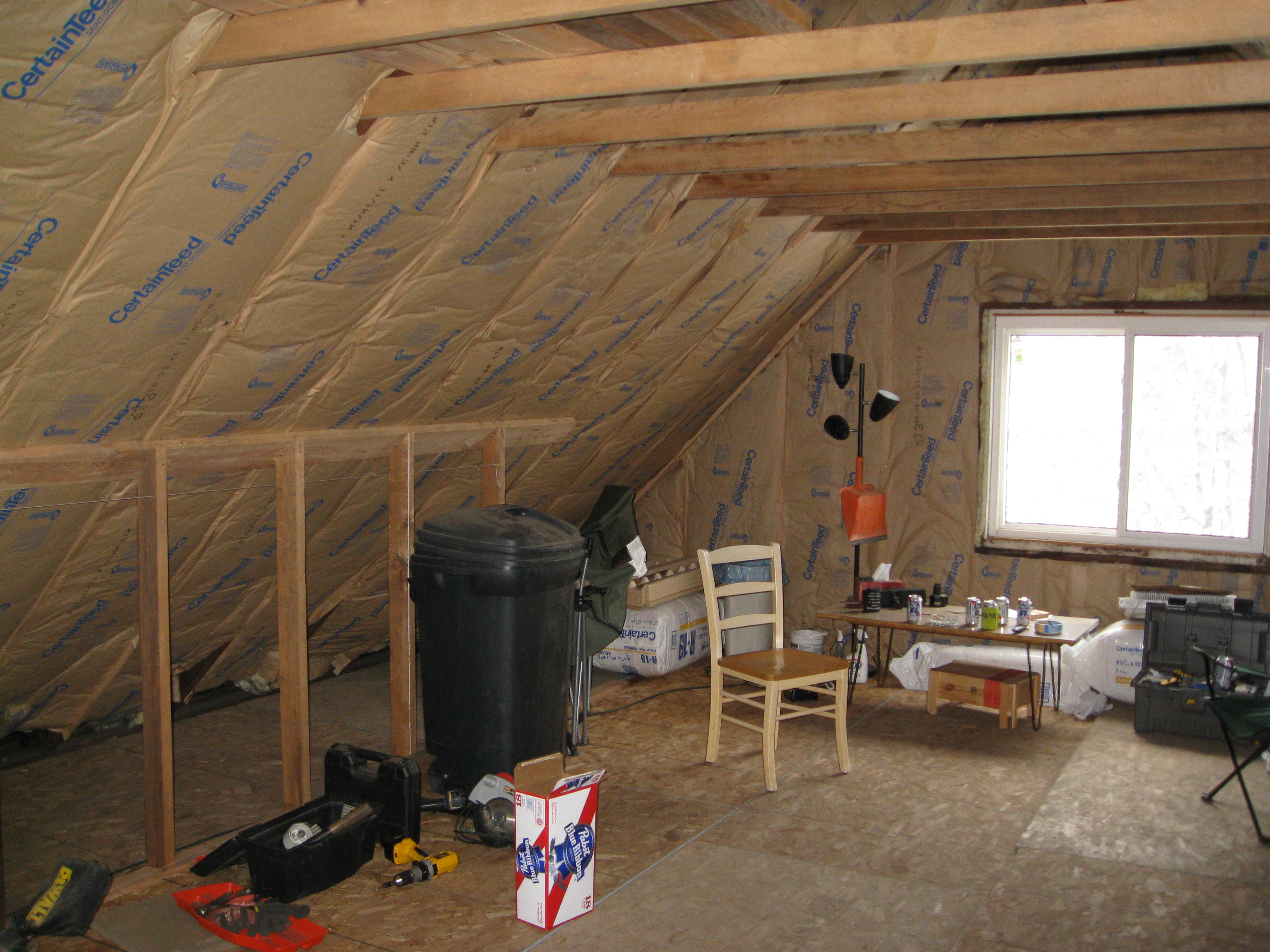Why NOT to Buy a Programmable Thermostat, Part 1
With all the hoopla about Nest, an unusually beautiful thermostat now owned by Google, it’s easy to be swayed. I actually bought 2 myself (I have 4 thermostats for my boiler), only to have to return them when they didn’t work with my system. So I was swayed too.
After viewing some reports on how homes actually work, I’ve noticed that the large savings claims don’t line up well with actual home operation in many cases. It took me a bit to understand why.
As a car guy, car analogies help me, maybe this will help you too. Let’s say you want to drive down the highway at 70 mph. There’s a twist, though, you have an on-off switch for a gas pedal. Would you rather have a Viper or a Prius? This is like setting your thermostat at 70 and leaving it there.
Before you answer (yes, I know it’s freaking obvious, bear with me), a little background. To maintain 70 miles per hour, a car doesn’t need that much power. It depends on how much it weighs, how aerodynamic it is (air friction), tire friction, and if it’s going up or downhill. Most cars only need 10-20 horsepower to maintain 70.* The same thing happens in our homes. It doesn’t take a ton of power to maintain a temperature.
The Viper has at least 400 HP. A new Prius has 134. A Prius gets somewhere in the range of 44-47 mpg. A Viper gets around 13-16. I know, duh. Stay with me, it will come back to thermostats. So what’s behind that 30 mpg difference? Here are a couple potential factors:
Weight: A Viper and a Prius don’t weigh that much different, 3300 and 3000 pounds, respectively. Not enough difference to explain much more than 1-2 mpg difference.
Wind Resistance: The Viper is not aerodynamically slippery, anything below a .3 coefficient of drag is pretty good. Vipers started at a lousy .45, then went to .35. The Prius started at .29 and is now .25. That’s enough to explain a good chunk of the difference, maybe 10 mpg. So say that’s 11-12 mpg of the 30 mpg spread.
Power: But what’s the real difference? Horsepower. Why? A Viper accelerates like CRAZY. Doing that uses a lot of fuel. And of course, you don’t buy a Viper to drive it slow. You buy a Viper so you can accelerate from 0-120 before that Prius hits 60. So there’s most of the difference in mileage – acceleration.
Back to the example, though, we don’t care about acceleration, we care about maintaining a steady 70 mph (like 70 degrees in your house), and we have an on/off switch for a gas pedal, so we’re either flooring it or totally off the gas. Let’s imagine how that feels in each car.

Photo by Mike Heller
The Viper – Can you feel your neck snapping back as you romp on the Viper’s gas, burst from 68 all the way to 75 miles an hour in an brief bit of exhilaration, only to let off and coast back down below 70, fairly quickly, especially if you’re driving an early Viper with the aerodynamics of a brick. You would have let off sooner, but all that power at full throttle pushed the speedometer up so quickly, by the time you realized you were doing 70, you were already going 75. You got about 7 mpg while on the throttle. On a good day. Maybe 3. If you drove it smoothly, you could probably get 20 mpg, definitely in the newer ones with better aerodynamics.
This is like an old school oversized furnace.

The Prius – It strains and buzzes from 68, and you let off at 71 because it accelerated so slowly that you were able to catch it before it even clicked to 72. It was not exciting. But your mileage only dropped to 20 during acceleration (yes, I’m kinda making these numbers up, but I’ve watched them on my own cars be in the same range.) If you drove it smoothly, you can probably break 50 mpg at 70. That’s 200-250% better at steady state than the Viper. And a ridiculous amount better if you compare a steady state Prius to an on/off Viper.
This is a like right-sized furnace that runs a lot, but doesn’t use a lot of energy doing it. It ain’t real sexy, but it does its job well.
Now back to that thermostat. Most older HVAC equipment, including furnaces and air conditioners, only have one stage: they’re on or they’re off. Hence the example. Even low end high efficiency models work the same way.
Using setback on programmable thermostats basically works the same way as the Viper/Prius example. You change the setting from say, 68 during the day, to 62 when you’re gone. So the house ‘slows down’ from 68 to 62 pretty quick, right? After all, that’s what delivers the savings, the equipment shuts off for a while, right?
Well, it depends. If your house leaks like a screen door on a submarine, the air temperature will fall really quickly, but the building materials will lag behind a bit because they have much more thermal mass than the air.** This is like the lousy drag coefficient of the early Viper – let off the gas and it slows down fast. Some houses do this. They are more likely to benefit from a programmable thermostat, but there is a much better way. More on that in a minute.
If you have a newer house that is nearly air tight and well insulated, the air temperature and the thermal mass of the house cool much more slowly. Or if you have a brick house, it cools more slowly.
Reducing the temperature takes much longer. Savings from a thermostat being programmed to turn back while you’re asleep or at work won’t amount to much. Next time I’ll show pictures of both of these from actual houses.
About that better way. The trouble is, most furnaces and air conditioners are much closer to that Viper than the Prius. They are typically oversized, and actually for the same reason: acceleration. Most homeowners expect the house to warm up or cool down really quick when they ask it to with the thermostat.
The trouble is, warming up or cooling down really quick is acceleration, and requires lots of horsepower. The good news is, newer equipment commonly has 2 stages, and many more on high end equipment. This means the throttle is not on/off, but has at least 2 positions besides off. So it’s a little more efficient, but not necessarily ideal. Here’s a real world example:
I recently replaced a 120,000 BTU furnace with a 70,000 BTU 2 stage furnace in a client’s home, a 40% reduction in size. We haven’t made any improvements to the insulation or air sealing yet, although they are planned. This winter saw ridiculously low temperatures, -12 F a couple nights, yet their new, much smaller furnace shut off. Which means it is STILL oversized, even before insulation improvements. So they had a Viper, now they have a V-6.*** I wasn’t aggressive enough with the downsizing.
I still got them closer to that Prius. And I have a few more tricks up my sleeve.
By the way, did you catch that very important point buried in there?
Smaller HVAC equipment and tightening the house is the real answer, not using a programmable thermostat. That’s the better way.
Most HVAC guys know the expectation of consumers is to warm up or cool down quickly. If you jerk the thermostat around a lot (I call it thermostat wars), you are hitting the gas on that Viper in your basement (or closet, or attic) every time you change the setting. Instead of just using the equivalent of 10-20 horsepower to keep the house at 70, you’re spooling up all 400 horsepower.
The thing is, if we just left thermostats at, say 70, with smaller equipment that had more than an on/off switch, we’d be better off.
If we made the house lighter and more aerodynamic by insulating and air sealing strategically, it gets even better.
And guess what?
You get to keep the thermostat at 70! And save money! And be comfortable!
The bad part? It costs more than a $249 Nest. Sorry. Could that Nest save you money? If you have a really leaky house with really big equipment, quite possibly. Will it be what you expected? Probably not. If you have a reasonably efficient home, the savings won’t be all that impressive. In both cases, it’s better to fix the house.
So, if you’re a skeptic, and it’s good to be skeptical, you want to see data, and you don’t really believe me. More on that in the next post, along with a story that helped a friend figure out this whole idea.
Want to figure out how to turn your Viper house into a Prius? Give me a call at 330-524-6495 or email me at nate@energysmartohio.com.
Yellow Viper Image Credit: photo by Mike Heller: http://photokaz.com, permission by owner.
Prius Image Credit: Matt Caulkins, Creative Commons
* This is a really nice explanation of horsepower, acceleration, and maintaining speed.
** Have you ever noticed that on the first day of a hot spell in the summer, the air conditioning keeps up pretty well, but the second night it struggles to keep up? That’s because the building materials in the house warmed up a lot, and they store a lot of energy (meaning they have lots of thermal mass), and the AC now has to work to cool those down too, not just the air in the house like the first night. Same deal in a cold spell with your furnace. Hey, that sounds like a post!
*** Want to know a secret? Their house is actually more comfortable, the temperatures are much more even because they aren’t getting that Viper whiplash of on/off throttle. There’s still room for improvement, though.
Get the HVAC Guide

It's free! Make buying a new furnace, air conditioner, or heat pump less stressful.










